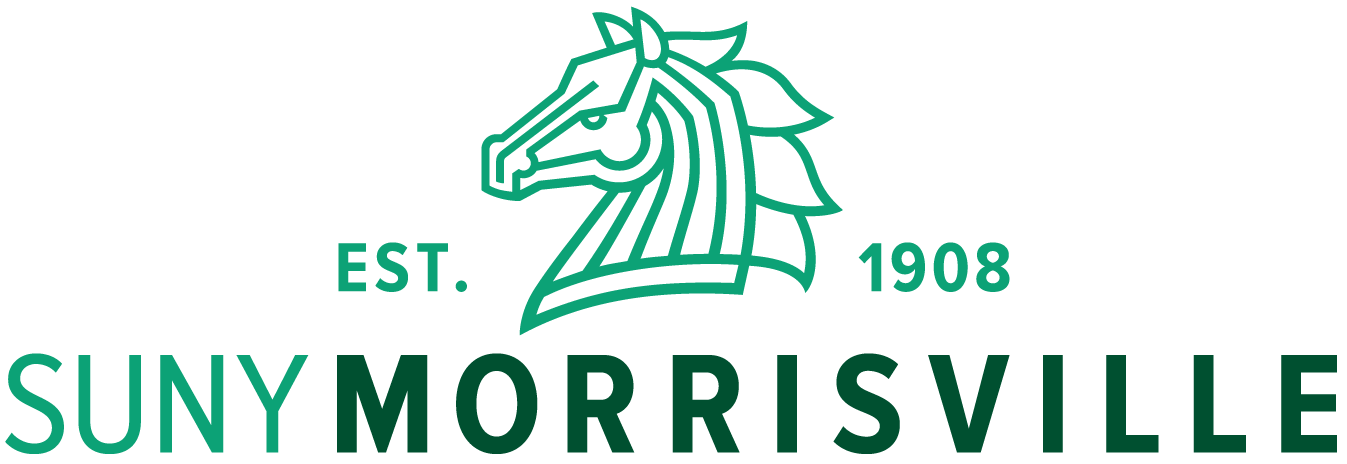Adapted from the SUNY Morrisville Distance Education Policy and SUNY Online
Distance Education
Distance Education is defined as instruction between a teacher and students when they are separated by physical distance and communication is accomplished by one or more technological media (American Association of University Professors, 2007; Oregon Network for Education, 2000).
Distance Education Course
Distance Education courses are classes, taught for credit or otherwise, required for a program in which students are separated, in the majority or entirety of the course, by time and/or space from the instructor and/or the campus from which the course originates. Modes of instruction and communication are by technological means, now known or hereafter developed. The policies and procedures outlined here will apply regardless of the format or method of Distance Education. In all cases, the combination of classroom time and online activities should, per the Middle States Commission on Higher Education’s Credit Hour Policy.
Distance Education Program
Distance Education programs are degree, certificate, and minor programs in which course work in the program is available to students in technologically-based formats.
Face-to-Face (F2F) Course
The situation of teaching and learning in a traditional classroom environment where the instructor and students are in the same place.
Web-enhanced Course
Web-enhanced Course – an individual course in which face-to-face instruction is supplemented with materials delivered via Distance Education.
Online Course
An individual course in which the majority of instruction is delivered via the online environment.
HyFlex Course
A HyFlex course combines online and face-to-face instruction simultaneously into one single course section. The student is able to participate in a class in different ways: as a synchronous distance learner (via real-time, video-streaming); as an asynchronous distance learner (accessing materials, recorded lectures, and responding at a later time); as a face-to-face learner (physically present in the classroom); or as a flexible learner (with a degree of choice as to how they participate each week; sometimes face-to-face, sometimes by streaming class sessions, etc.).
Asynchronous Distance Education
Occurs when the instructor and the students interact in different places and during different times. Students enrolled in an asynchronous course are able to go online at any time of the day or night, seven days per week, and work toward the completion of course requirements.
Synchronous Distance Education
Occurs when the instructor and students interact in different places but during the same time. Students enrolled in synchronous courses are generally required to log on to their computer during a set time.
Hybrid Asynchronous
Any course that meets both online and in a traditional classroom setting. Hybrid Asynchronous courses meet in a portion of time in an online classroom setting as outlined in the course syllabus.
Hybrid Synchronous
Any course that meets both synchronously online and in a traditional classroom setting. Hybrid Synchronous courses require a set time to meet each week in an online classroom as outlined in the course syllabus.
Learning Management System (LMS)
A software application designed to support the delivery of online instruction. The LMS, such as Blackboard, can create and manage records, organize and deliver content to learners, and facilitate communication among learners and with the instructor. Additionally, a Learning Management System may also be used as a course management tool to support classroom-based teaching.
